An assessment of the conservation status of the whale shark Rhincodon typus in the Republic of Maldives using photo-identification and markrecapture techniques
2009
Tim Davies (MSc - Imperial College London)
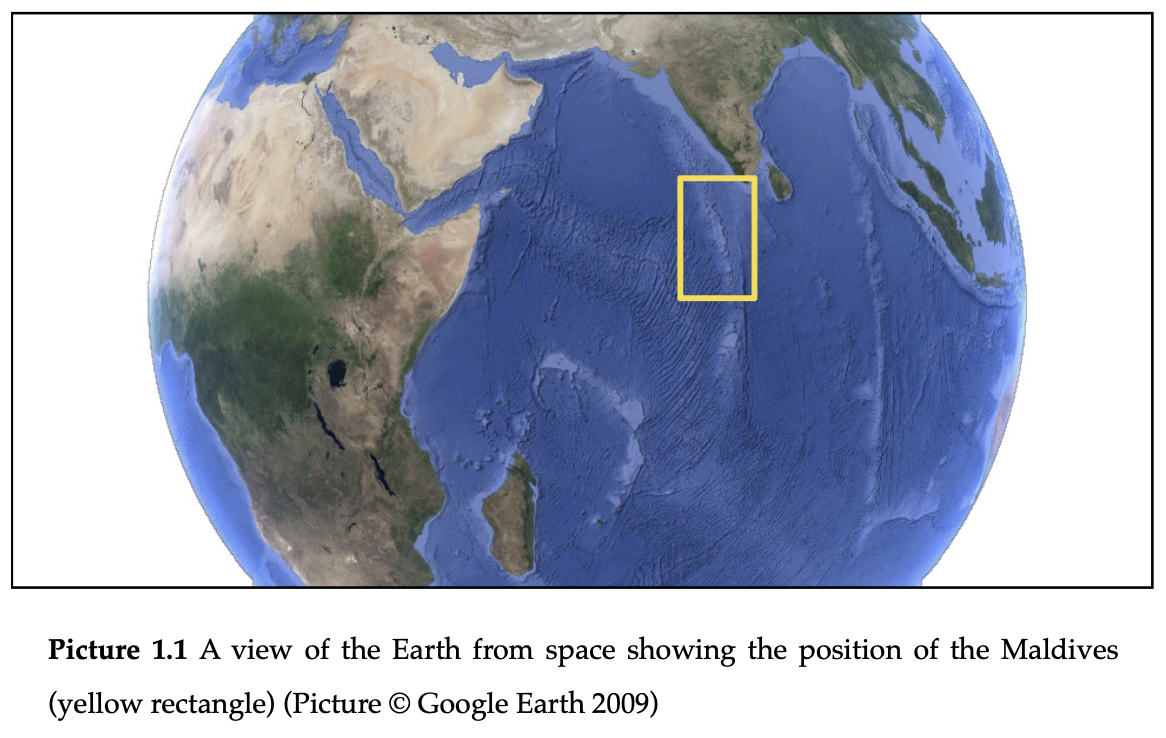
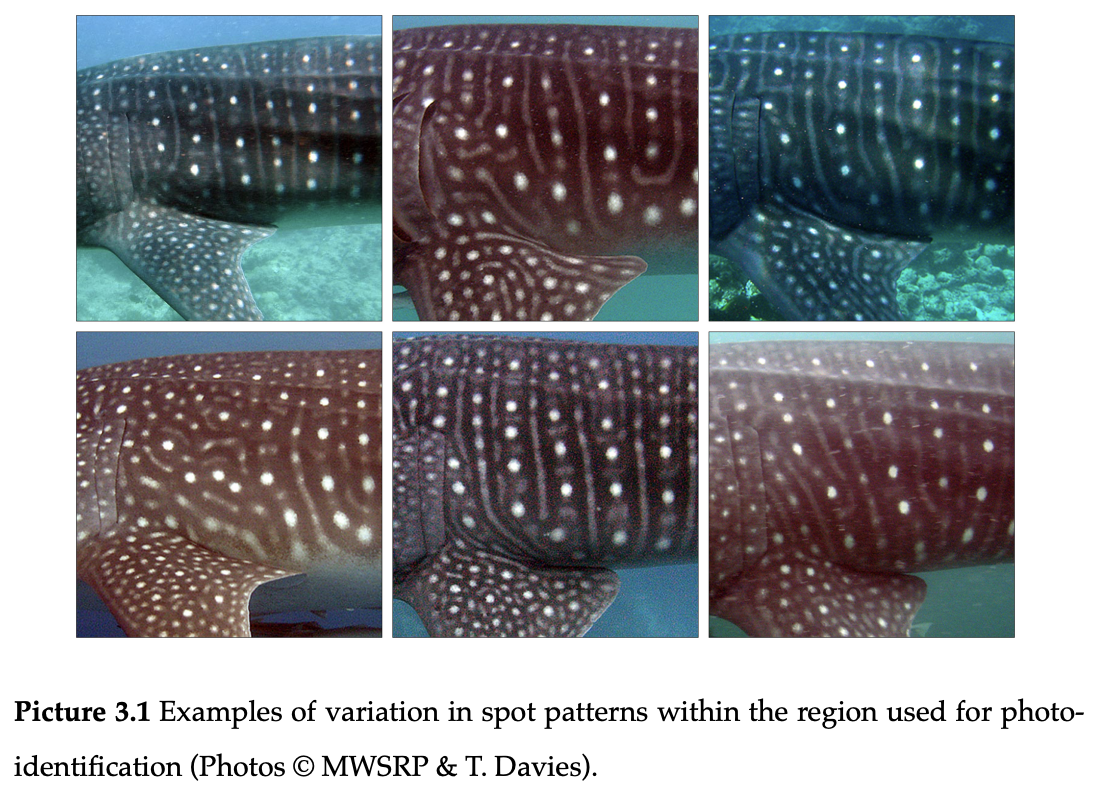
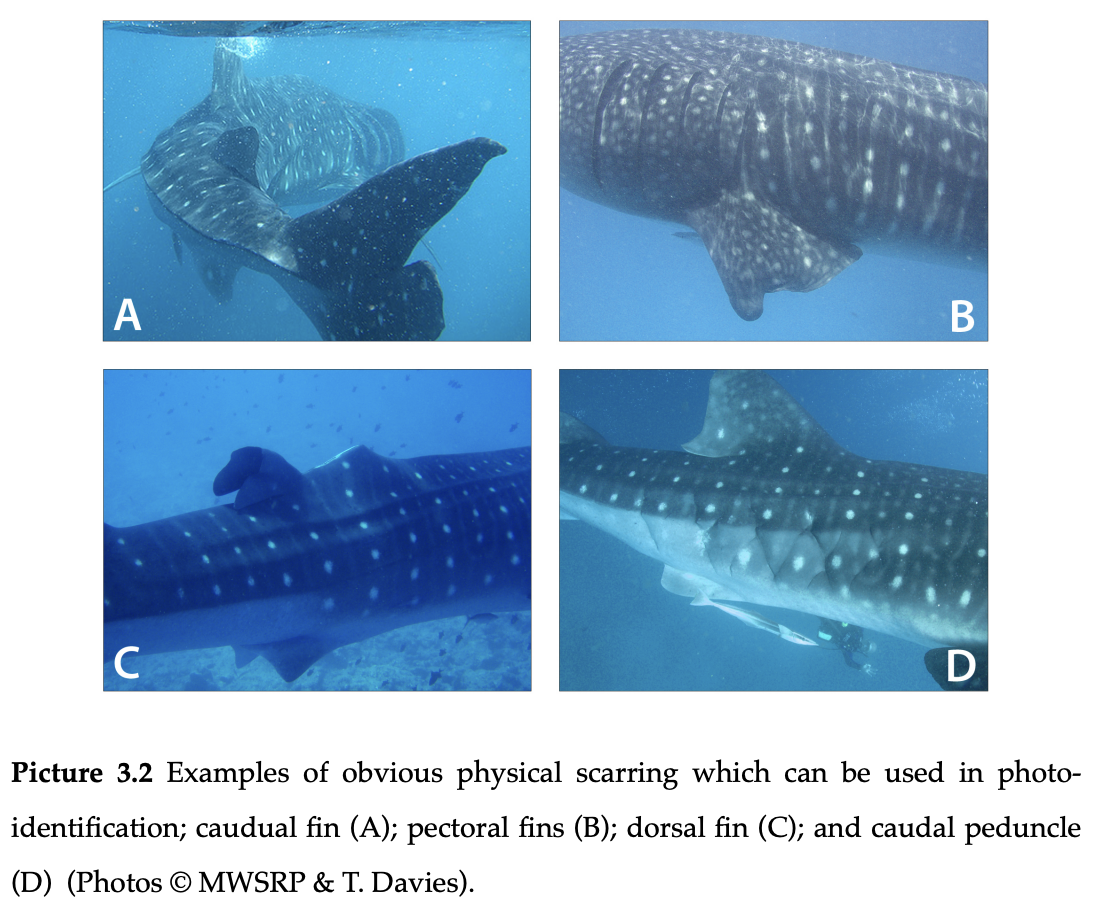

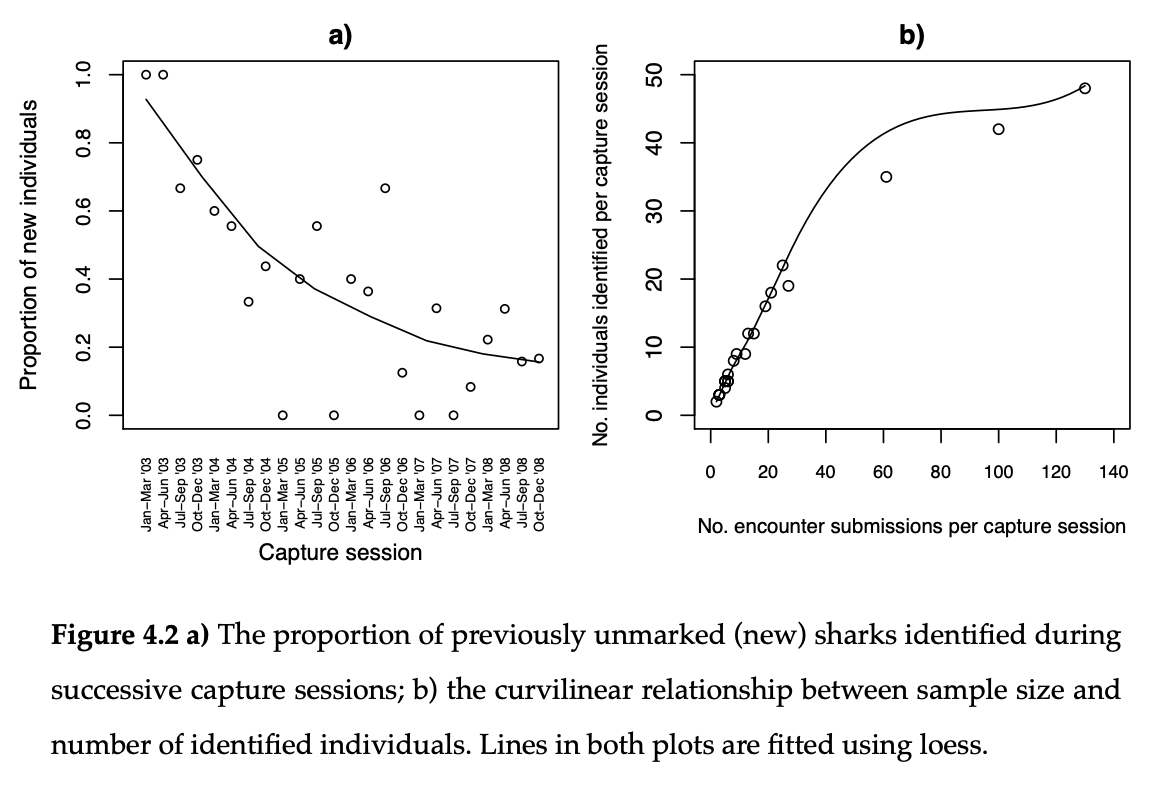
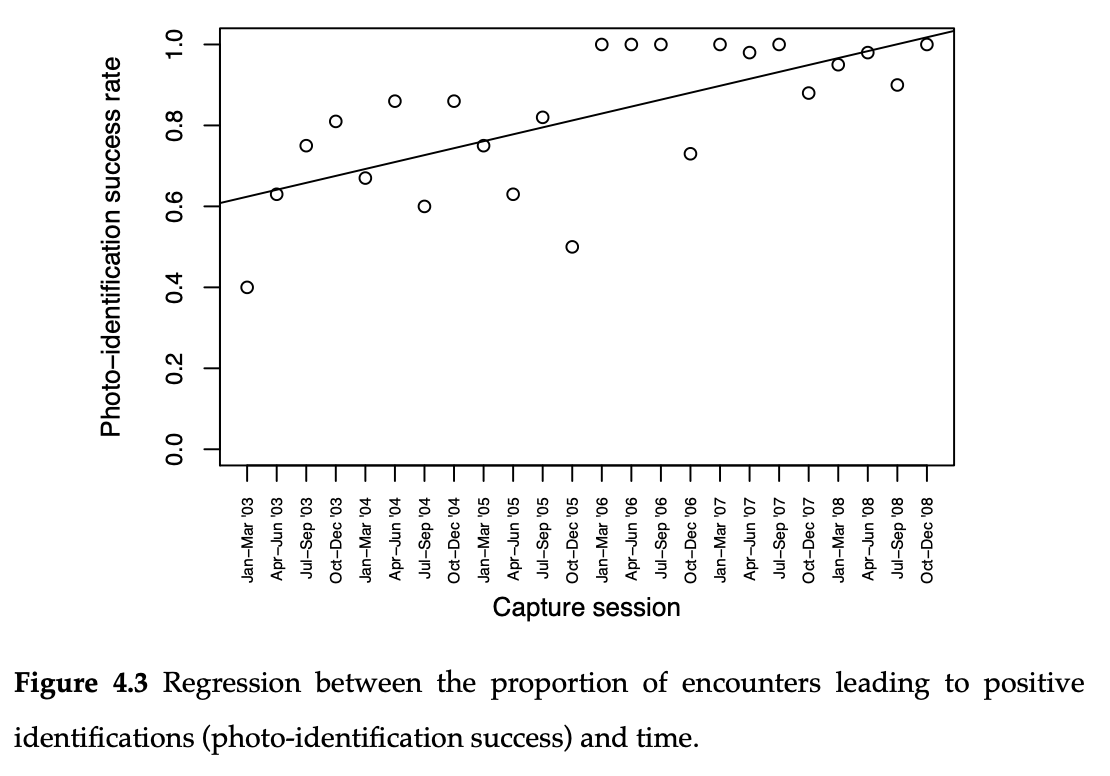
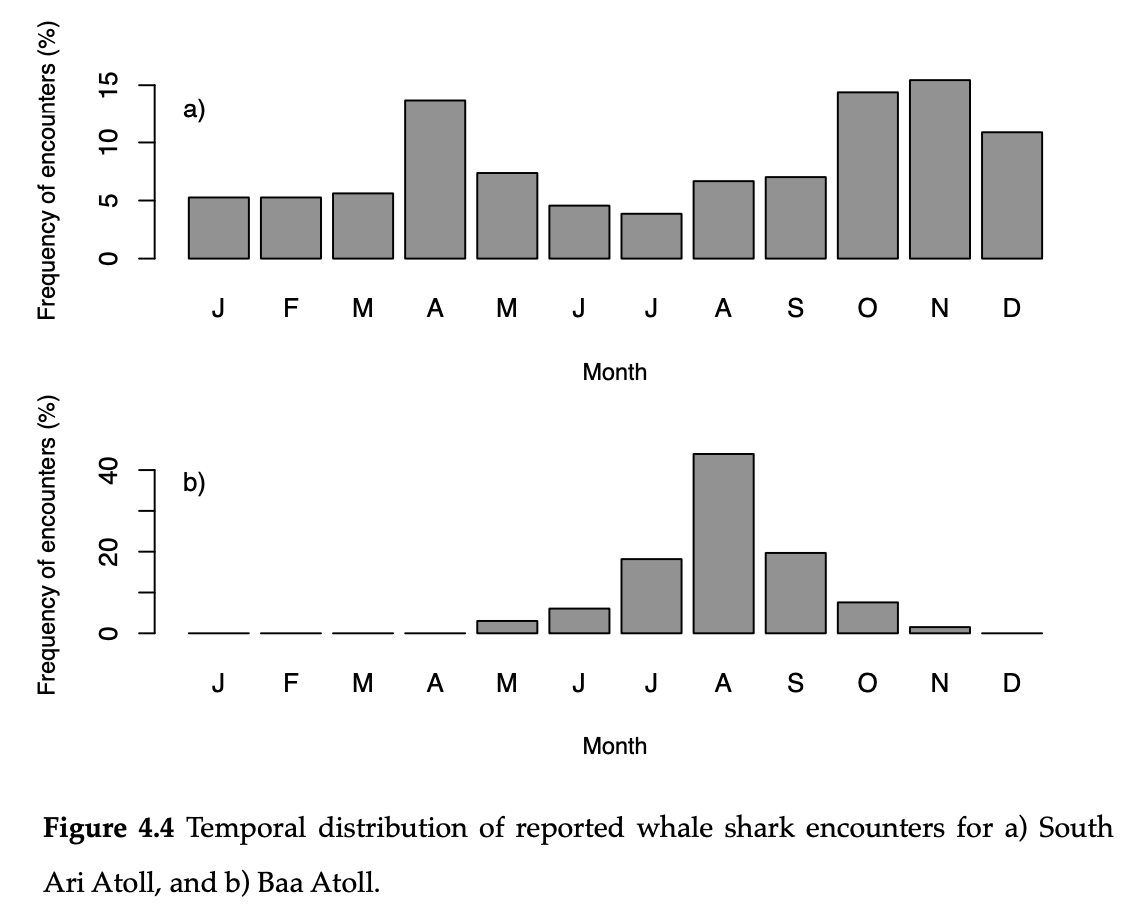
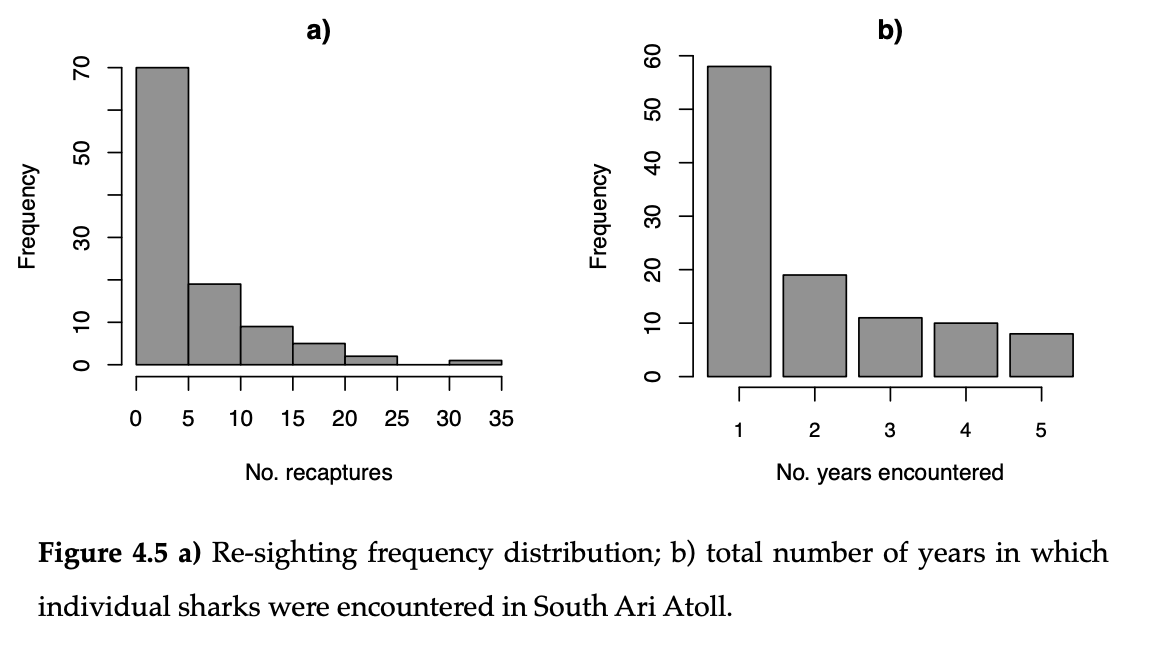
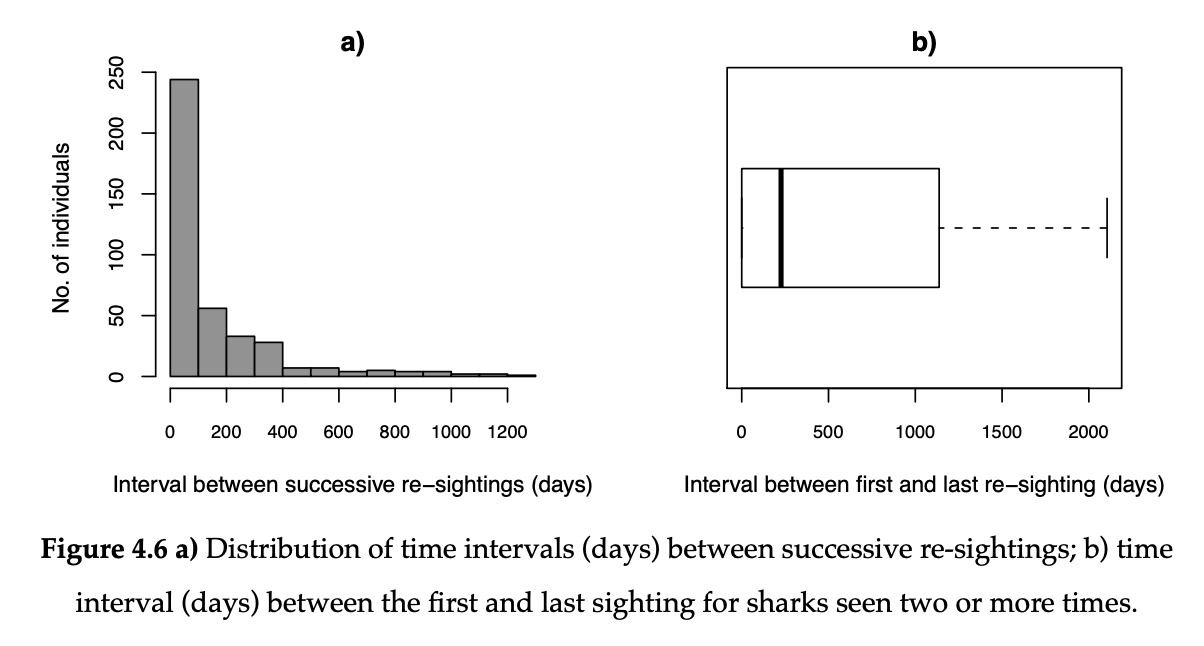
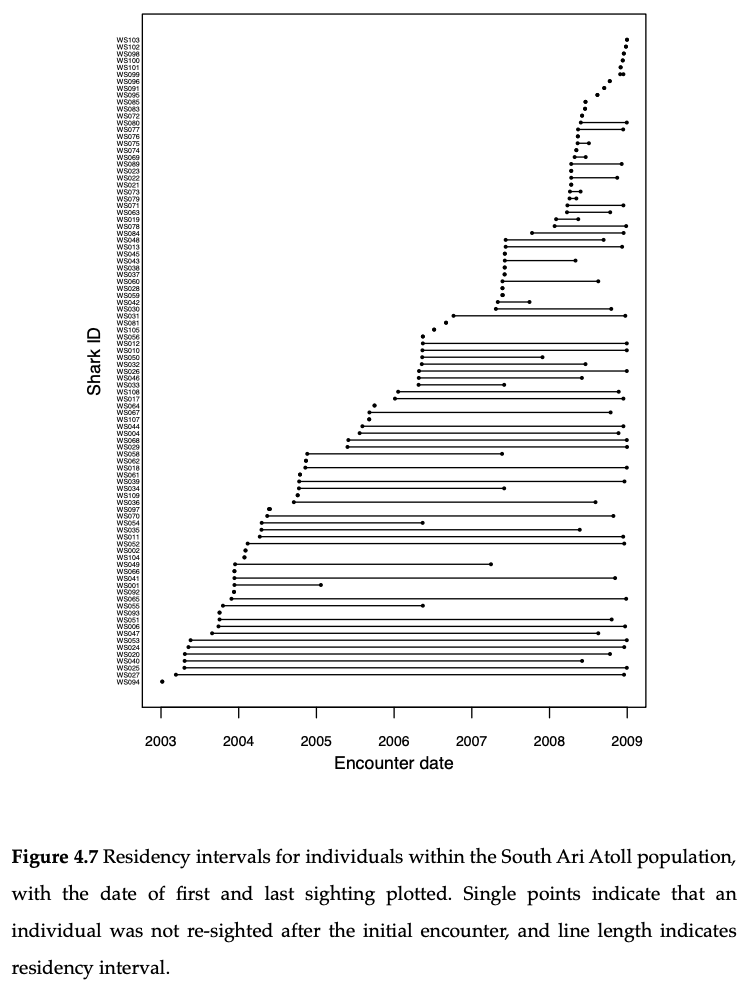
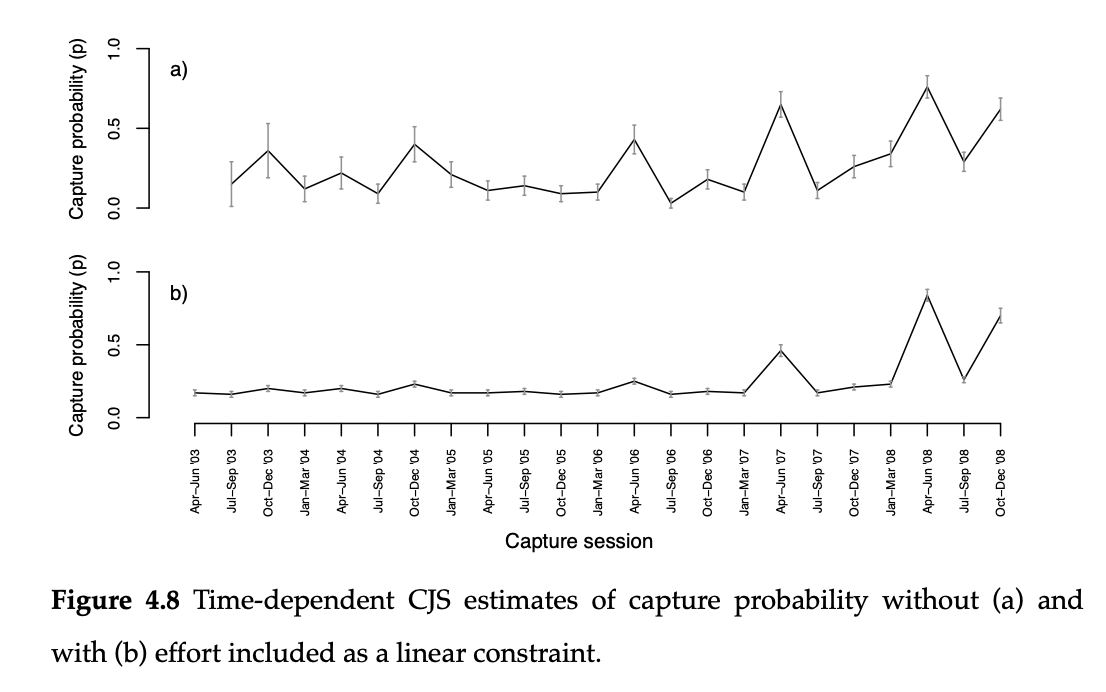
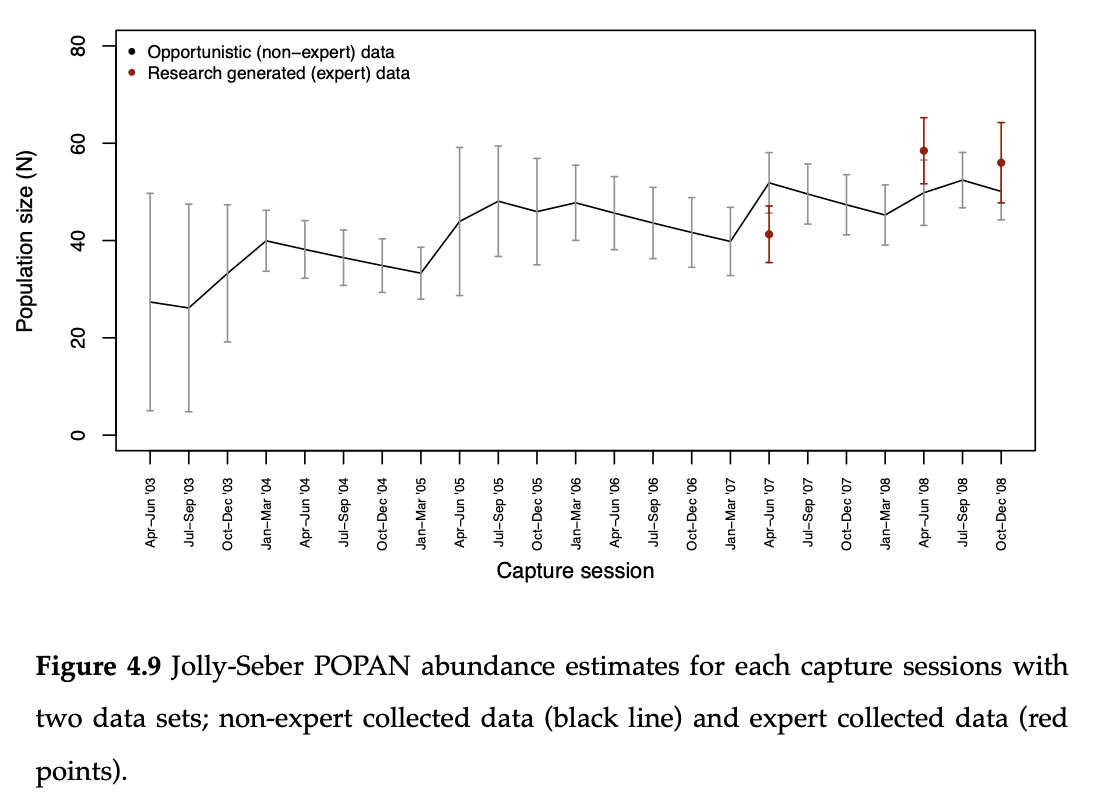
Summary: The whale shark, the largest shark species, faces an uncertain conservation status. This study in the Maldives investigates their ecology and conservation. Using various data sources and mark-recapture techniques, the study concludes that data quality affects parameter estimates but non-expert data can still estimate demographic parameters accurately. Maldivian whale sharks exhibit high survival rates and prolonged residency, with no clear population decline. Loss is possibly due to emigration rather than mortality. This research aims to improve national conservation efforts with locally relevant ecological information.
Abstract
“The whale shark is the largest and one of the most well known of all shark species, yet despite this its conservation status remains ambiguous. Over the past decade only a handful of whale shark aggregations have received any research attention, and information from these studies guides whale shark conservation management throughout the rest of their range. This study is the first to investigate the conservation status and population ecology of whale sharks in the Maldives in an attempt to generate locally relevant ecological information and meliorate national conservation management. Whale shark life history traits are investigated using a combination of markrecapture techniques and photo-identification, with data of varying quality collected from a wide range of sources. The suitability of using such a variety of data with mark-recapture studies is discussed, concluding that although quality of data can influence parameter estimates if not accounted for, in general data sourced from non-experts allows for the accurate estimation of demographic parameters. Mark-recapture analysis reveals that the Maldivian whale shark population is distinct from other studied whale shark aggregations, with individuals demonstrating high survival rates and prolonged residency within key areas. Population size and growth rate were estimated for a six year period, and show no compelling evidence for a decline in the population. Furthermore, there is some evidence to suggest that loss from the population is driven by emigration of maturing individuals rather than mortality.”
Author Affiliations
Imperial College London
The Manta Trust
